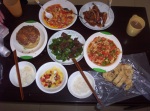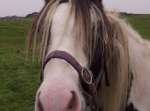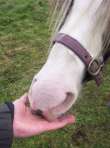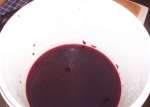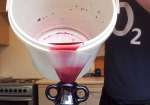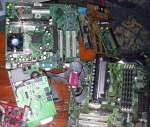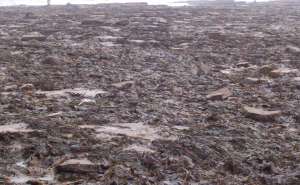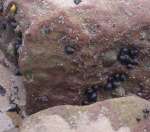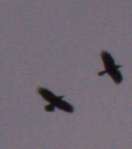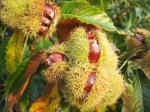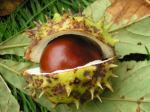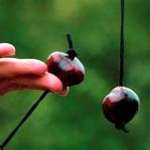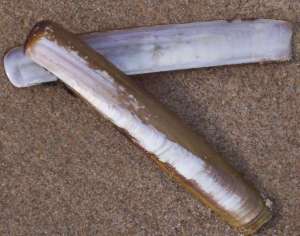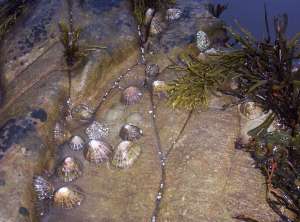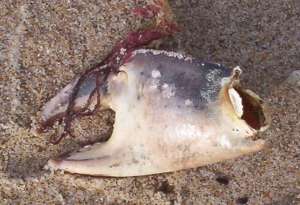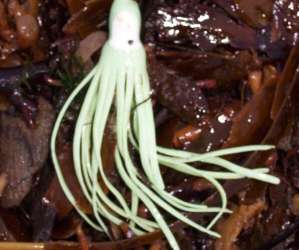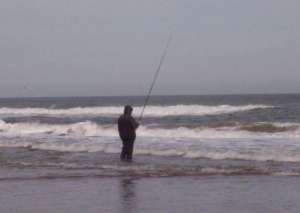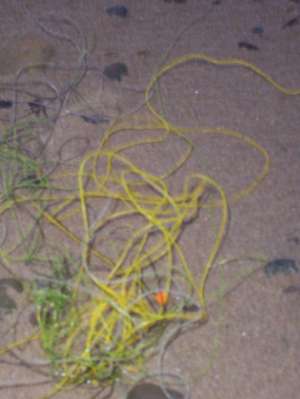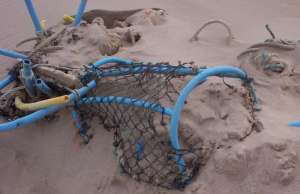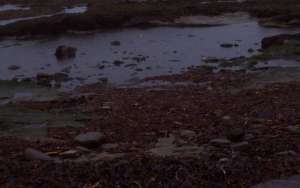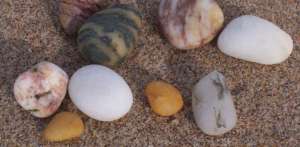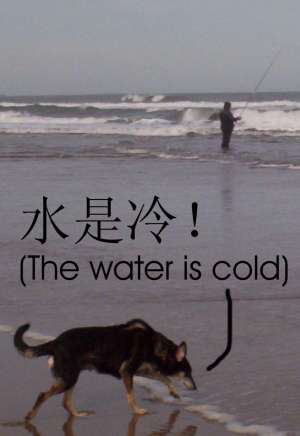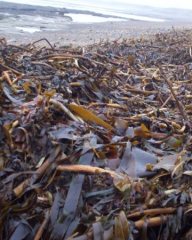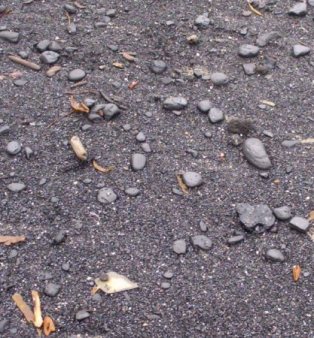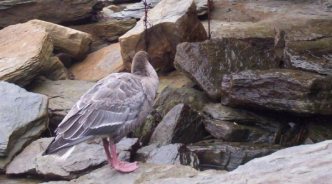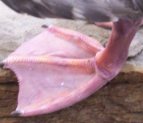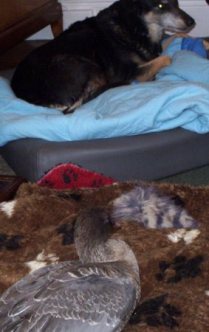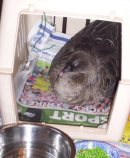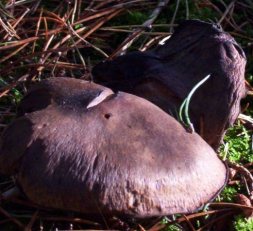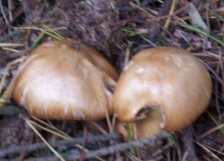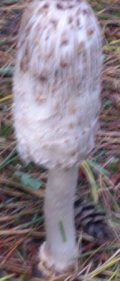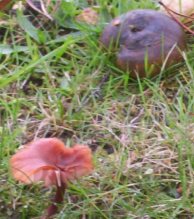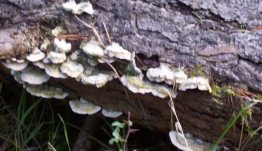For those who work in academic circles as teachers of any language there is a wealth of advice on what to do, how to do it and how to communicate effectively. We have access to so many books which explain the rules of grammar that ask the student to fill in the blank space with the correct word or join-up an answer to a particular question.
You’ve seen these books. They’re everywhere- in our universities, libraries and bookshops. We only have to look on the Internet to find yet even more advice and find student-essays written in other languages.
There is a whole spectrum of written information about how we learn another language. It ranges from the plain absurd to the academic gibberish which talks about ‘cognitive recognition linguistic skills’ which means absolutely nothing to most normal people.
Somewhere, amongst it all, there are things worth knowing. Things that have been written by experienced and intelligent people, who know what they are talking about. Of course, there are also those books and articles written by those who – well – let’s just say they seemingly write trashy books to earn money. Linguistics Plc is a big money-spinner. Sometimes – maybe very often actually- I often wonder if all these books and advice are value for money? I think not.
Maybe you have seen books like ‘Telephone English’ , ‘Hotel English’ and dare I say it .. ‘Crazy English’? What always surprised and annoyed me when looking in books such as these is that there were only words and very little –if any- explanation of those words and expressions used. It takes longer to explain words and expressions used than it does takes to write a book or article. Maybe that’s why they don’t bother.
Many years ago I was speaking with Dr Joan Cutting, an author of many books about learning other languages and who was a linguist at Sunderland University, in the UK. Joan’s advice was to do two things:
- Speak
- Write
The human brain does two things with language. It encodes and decodes. They are two different skills. Reading and listening are decoding skills, whilst speaking and writing are encoding skills, and are the more difficult and complex of the two skills.
So why just speak and write? The answer is wonderfully simple. If you can speak you must be able to listen, and if you can write, you must be able to read.
If you only read and listen it does not mean you can also speak and write.
And as she also said, you learn another language exactly the same way you learnt your own native tongue. We only have to look at life around us to see how accurate and perceptive Joan’s ‘Just speak and write’ advice was.
Men make jokes about how much women talk. I think a Chinese expression translates into English as ‘One woman makes more noise than a flock of ducks’. Maybe, but there is a very good reason for this. Take a look at any language college anywhere in the world and usually, as a general rule of thumb, at least 90% of the students are female. It should not come as any surprise to discover that most language teachers are female.
|
|
Herein lies the evidence of what Joan meant by learning another language in the same way as we learnt our own language. We see it everyday. Females have an inherent ability to communicate. It is part of their genetic make-up. Something they are born with.
Where do we learn our own language from? Well, it certainly isn’t from our father. Men tend to use monosyllabic grunts such as ‘umm’ ‘ok’ ‘yeah’ and short sentences such as ‘is there anything to eat?’
We learn our own language from our mothers. A child spends more time with its mother than it does with its father. Smiles, body language and sounds are just that to a baby – smiles and sounds. As the baby develops it begins to associate the smile, wave and sound of ‘ni hao’ to mean ‘here’s my mother’ and it begins to copy those sounds .. the words of the language. The words are reinforced – repeated – by the mother and the child’s vocabulary grows.
What mother has never sat with her child and used a pencil and paper to help it draw pictures or write words? Long, long before the child learns about grammar it has developed linguistic skills simply because its mother communicated with it. This is Joan’s speak-write advice about learning another language and ‘forget about grammar until later’.
With speaking and writing, grammar patterns ‘fall into place’ long before we learn the rules. That is, we are using grammar without realising it.
The Norwegian
I once worked with an English speaking Norwegian teacher called Morgan. His wife is Chinese and is fluent in Norwegian. They had a son who, at the time, was four years old. The son is called Daniel.
Daniel would answer the telephone and speak to his mother in Chinese and then explain to his father using Norwegian, what his mother had said. Daniel had learnt both languages from his mother.
The curious thing is one day Morgan asked me if I had been teaching Daniel to speak English? No I hadn’t … But Daniel was beginning to speak in English. He had copied a lot of words he had heard me use. Did Daniel know anything about grammar? No, of course not. He didn’t need to. He was using a four year old’s fluency in two languages and ‘picking up’ a third language. The other curious thing about Daniel is that he would speak to me in Chinese and limited English and tell me that I had mispronounced a Chinese word (often). He knew I didn’t understand any Norwegian.
This brings us back to Joan’s ‘just speak and write’ advice. Using a language on a daily basis reinforces and increases not just the vocabulary of that language, it also does something within the brain. We don’t need expert books with big words to tell us all this. Just look at life around us.
Not using a language regularly .. well .. we all know we can forget words and meanings. Just how important it is to speak (and write) can be shown by looking at some true examples:
‘Dats’
‘Dat’s’ is Rakesh Datta, who came to England from India when he was eleven years old. I have known ‘Dats’ for forty years. He is married to a Scottish girl and they have two sons.
Dats, whose native tongue is Hindi (an Indian language) was the top English speaker in his school in India. He said that when his family came to England all those years ago he could not communicate in English because all he had learnt ‘was from a book in a classroom’.
That of course was many years ago indeed. Today, he will tell you that he has forgotten most of his native tongue and cannot communicate using Hindi. English has become his native tongue and Hindi is his ‘second language’. Yes, you can forget your own language if you don’t use it.
Ding Lan
Ding lan comes from Nanjing. She has worked as the China manager at Sunderland University, UK, for many years. High level English? Believe me – those English speakers you see on CCTV9 or the BBC in England ‘can’t hold a candle’ (not as good as…) to Ding lan. The first time I met her I assumed she was British-born Chinese. No, she had come to the UK to do her master’s and then got a job in Sunderland University.
One day I was in her office when a newly arrived Chinese student came in. Ding lan spoke to her in Chinese .. and when that student left, Ding Lan told me ‘That was difficult – I’ve forgotten so much Chinese. It isn’t until somebody speaks to me in Chinese that I realise I’ve forgotten a lot of my own language…’
Which again brings us back to Dr Joan Cutting said .. Speak and Write.
Which English?
In British English we would say ‘I’m going to go shopping’.
Hinglish (Hindi English): ‘I be going to go shopping’.
Chinglish: ‘I go shop’.
Which one is correct?
They all are. British English is only correct in the UK. American English is only correct in the USA. There is no such thing as ‘correct English’. There is no single version of world-wide English that is the ‘correct’ one to use.
There are more than forty versions of English world-wide. Some, like Jamaican ‘patois’ is difficult to understand, so too is some versions of African English. All the differing versions have their own grammar constructs, tenses and speech patterns. Yes, of course we learn one particular version, but the point is that where these versions overlap is where we communicate.
This is what Dr Joan Cutting meant when she said ‘don’t worry about grammar’. It all ‘falls into place’ just by speaking and writing.


